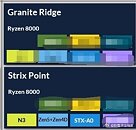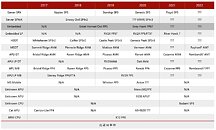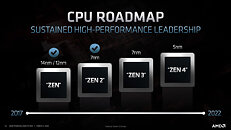
AMD Expected to Increase Microcode Size for Future Processor Technologies
Phoronix has recently uncovered an intriguing Linux update, with kernel improvements being prepared to handle greater microcode payloads—they believe that "future AMD CPUs will be getting larger microcode patches." The timing could suggest that upcoming Zen 5 processors will be likely candidates to meet new requirements: "Right now the Linux kernel has a maximum microcode patch size for AMD CPUs that is three times the kernel's page size (typically 4K). But with a patch (published on July 20) that will "increase substantially" to eight times the page size. The increase is intentionally quite a magnitude larger in order to avoid future patches further having to bump the patch size limit in later generations." Earlier this month, some GitHub entries demonstrated that AMD engineers had patched Linux 6.5 with updates for "Family 26" (1Ah) CPU enablement," which Phoronix believes to be for next-gen platforms (Zen 5): "It's also not elaborated on why the CPU microcode size will be increasing. In any event the simple patch to bump the AMD CPU microcode limit is now out for review. It's also marked for back-porting to existing stable kernel versions."


































